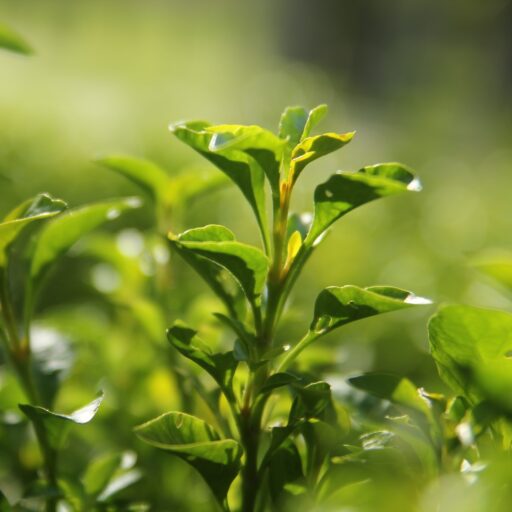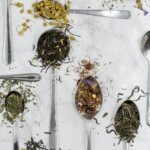Support our educational content for free when you purchase through links on our site. Learn more
Where Does Tea Come From? [2024] 🍵
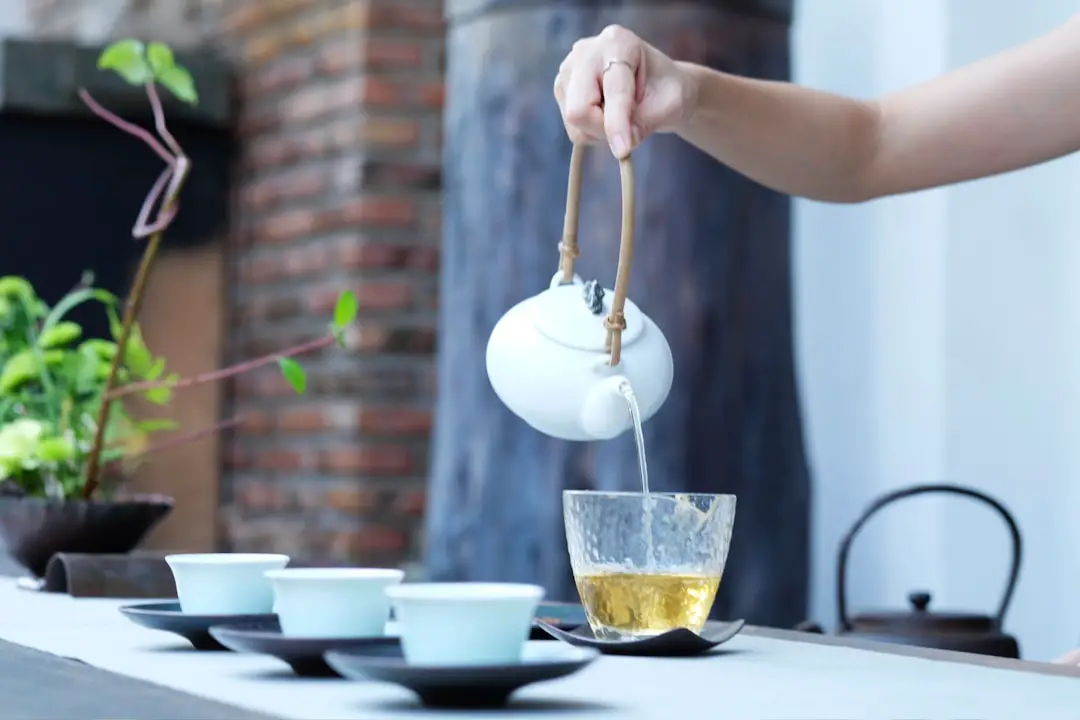
Quick Answer: Tea originates from the plant species called Camellia sinensis, specifically the varieties Camellia sinensis var. assamica and Camellia sinensis var. sinensis. It is an evergreen tree native to Southeast Asia, where the Yunnan Province of China, Nagaland region of India, and northern areas of Myanmar, Thailand, Laos, and Vietnam meet. The tea plant can grow up to six feet tall for small leaf varieties and over 50 feet tall for broad leaf varieties. Tea leaves are hand-picked from pruned tea gardens, and there are six main categories of tea: green, yellow, white, oolong, black, and dark (Pu’er).
Picture this: you’re sitting in your favorite cozy chair, sipping a warm cup of tea, and enjoying the soothing aroma. But have you ever wondered where that tea comes from? How does it go from a plant to your teacup? In this article, we’ll take you on a journey to discover the origins of tea, exploring its fascinating history, cultivation, and the different types of tea available. So grab your favorite mug and let’s dive in!
Table of Contents
- Quick Answer
- Quick Tips and Facts
- Background: The Fascinating History of Tea
- The Tea Plant: Camellia Sinensis
- Tea Cultivation: From Plant to Cup
- The Six Categories of Tea
- FAQ
- Conclusion
- Recommended Links
- Reference Links
Quick Tips and Facts
Before we dive into the details, here are some quick tips and interesting facts about tea:
✅ Tea originates from the plant species called Camellia sinensis.
✅ There are two main varieties of the tea plant: Camellia sinensis var. assamica and Camellia sinensis var. sinensis.
✅ The tea plant is an evergreen tree native to Southeast Asia, specifically the region where Yunnan Province of China, Nagaland region of India, and northern areas of Myanmar, Thailand, Laos, and Vietnam meet.
✅ In its natural state, the tea plant can grow up to six feet tall for small leaf varieties and over 50 feet tall for broad leaf varieties.
✅ Tea leaves are typically hand-picked from pruned tea gardens.
✅ The modern tea world recognizes six categories of tea: green, yellow, white, oolong, black, and dark (Pu’er).
✅ These categories are based on the degree of polyphenolic oxidation, which determines the color and flavor of the tea.
✅ Tea has a rich history and cultural significance in many countries, including China, India, Japan, and the United Kingdom.
Now that you have a taste of what’s to come, let’s explore the background and history of tea in more detail.
Background: The Fascinating History of Tea
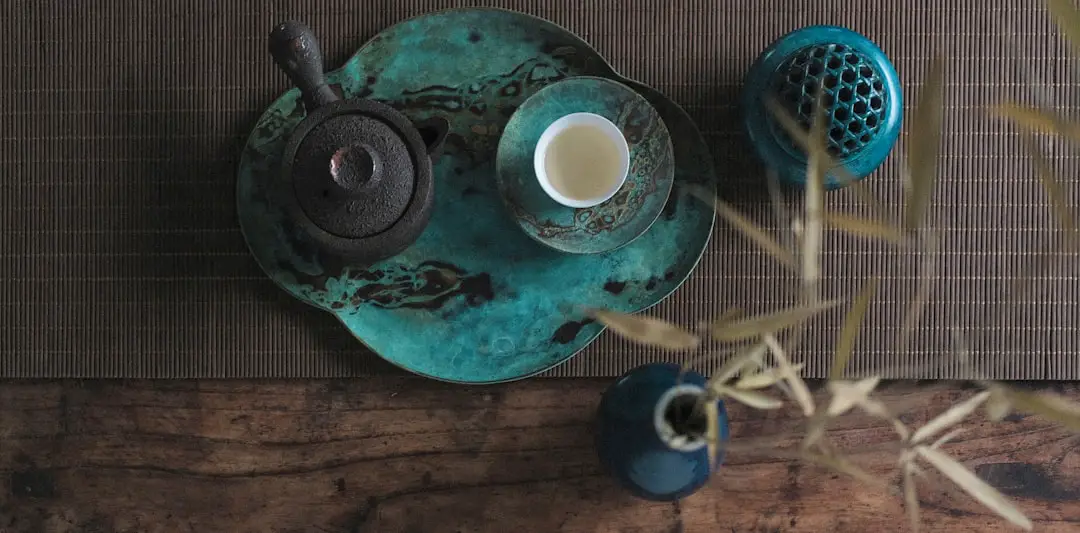
Tea has been enjoyed for centuries and has played a significant role in various cultures around the world. Its origins can be traced back to ancient times, where it was initially consumed as a bitter vegetable, cooked into nourishing soups, and used as a folk medicine. However, it was during the Tang Dynasty in China that tea started to gain recognition as a refined beverage.
Lu Yu, also known as the Patron Saint of Tea, wrote the “Cha Jing” or “tea bible” during the Tang Dynasty. This influential work provided detailed information about brewing methods, processing, cultivation, regions, varietals, and tasting notes of tea. It led to the rise of tea as a major commodity and the appreciation of tea as a refined beverage.
Over time, tea spread to other parts of the world, including Japan, India, and Europe. Each region developed its own unique tea traditions and brewing methods, further enriching the world of tea.
The Tea Plant: Camellia Sinensis
The actual tea plant is scientifically known as Camellia sinensis. It is an evergreen tree that belongs to the family Theaceae. There are two main varieties of the tea plant: Camellia sinensis var. assamica and Camellia sinensis var. sinensis. These varieties have hundreds of sub-varieties, known as cultivars, each with its own unique characteristics.
The tea plant is native to Southeast Asia, specifically the region where Yunnan Province of China, Nagaland region of India, and northern areas of Myanmar, Thailand, Laos, and Vietnam meet. In its natural state, the tea plant can grow up to six feet tall for small leaf varieties and over 50 feet tall for broad leaf varieties.
Tea Cultivation: From Plant to Cup
Tea cultivation involves a meticulous process that requires the right conditions and expertise. Tea gardens are carefully maintained and pruned to ensure optimal growth and yield. The leaves are hand-picked by skilled tea pluckers, who select only the young and tender leaves for the best quality tea.
Once the leaves are harvested, they undergo various processing methods depending on the desired type of tea. These methods include withering, rolling, oxidation, and drying. Each step contributes to the unique characteristics and flavors of the final tea product.
The cultivation and processing of tea require specific soil and climate conditions. Factors such as altitude, temperature, rainfall, and soil composition play a crucial role in the flavor and quality of the tea. Different regions around the world have their own distinct tea-growing areas, known for producing teas with specific flavor profiles.
The Six Categories of Tea
The modern tea world recognizes six main categories of tea, each with its own unique characteristics and flavor profiles. These categories are based on the degree of polyphenolic oxidation, which is an enzymatic reaction that turns fresh tea leaves from green to yellow, amber to red, and finally brown. Let’s explore each category in more detail:
-
Green Tea: Green tea is minimally oxidized, resulting in a fresh and grassy flavor. It is known for its vibrant green color and high antioxidant content. Popular varieties include Matcha, Sencha, and Dragon Well.
-
Yellow Tea: Yellow tea is slightly oxidized, similar to green tea but with a more complex flavor profile. It has a mellow and sweet taste, often described as “grassy” or “nutty.” Huangya and Junshan Yinzhen are examples of yellow tea.
-
White Tea: White tea undergoes very light oxidation, resulting in a delicate and subtle flavor. It is known for its pale color and delicate aroma. Silver Needle and Bai Mu Dan are popular white tea varieties.
-
Oolong Tea: Oolong tea is partially oxidized, creating a flavor profile that can range from floral and sweet to creamy and complex. It is known for its wide variety of flavors and aromas. Tie Guan Yin, Da Hong Pao, and Dong Ding are famous oolong teas.
-
Black Tea: Black tea is fully oxidized, resulting in a robust and rich flavor. It has a dark color and a bold taste. Assam, Darjeeling, and Earl Grey are well-known black tea varieties.
-
Dark (Pu’er) Tea: Dark tea, also known as Pu’er tea, undergoes post-fermentation, which gives it an earthy and smooth flavor. It is often aged to develop complex flavors over time. Pu’erh and Liu Bao are popular dark tea varieties.
Each category of tea can further be differentiated by factors such as growing region, cultivar, harvest time, and crafting technique. This diversity makes the world of tea incredibly rich and exciting to explore.
FAQ
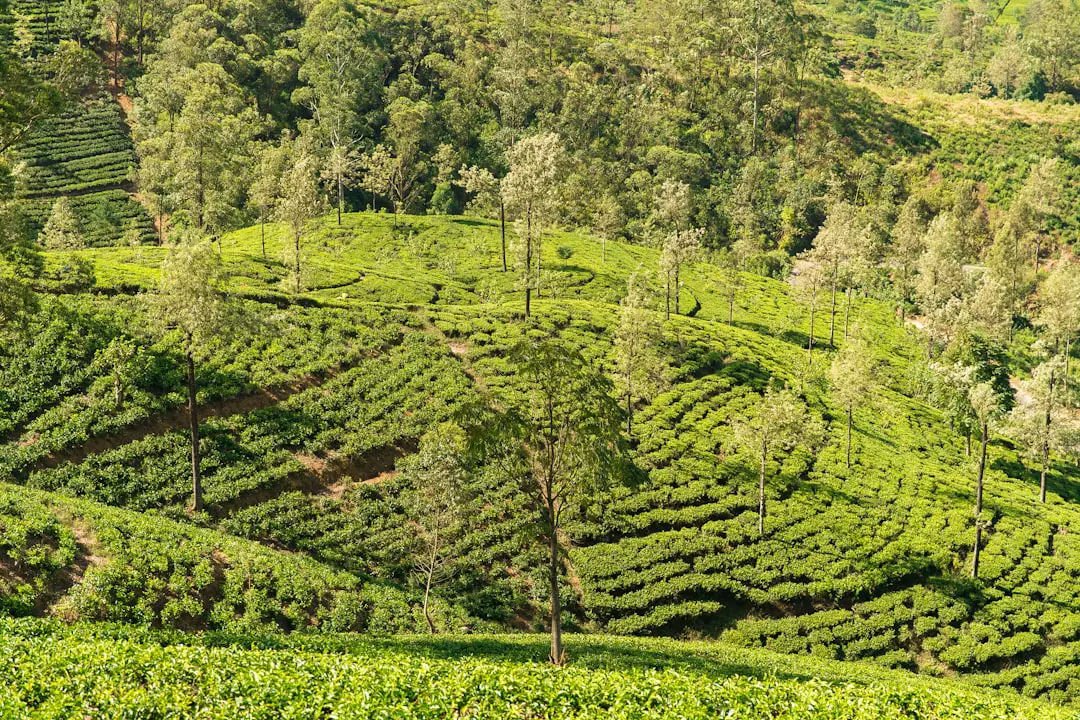
Where does tea come from originally?
Tea originates from the plant species called Camellia sinensis. It is native to Southeast Asia, specifically the region where Yunnan Province of China, Nagaland region of India, and northern areas of Myanmar, Thailand, Laos, and Vietnam meet.
What plant does tea come from?
Tea comes from the Camellia sinensis plant, which is an evergreen tree native to Southeast Asia.
Read more about “Unveiling the Origins: Discover Where Black Tea Flourishes Globally … ☕”
Is tea originally Chinese or Indian?
Tea has its origins in both China and India. The tea plant, Camellia sinensis, is native to Southeast Asia, where the Yunnan Province of China and the Nagaland region of India meet. Both countries have a rich history and culture surrounding tea.
How does tea grow?
Tea plants require specific soil and climate conditions to grow. They thrive in areas with moderate temperatures, high humidity, and well-drained soil. The plants are typically pruned to maintain their shape and promote new growth. Tea leaves are hand-picked from the plants, usually by skilled tea pluckers.
Read more about “Does Tea Grow on Trees? … 🌿”
Conclusion
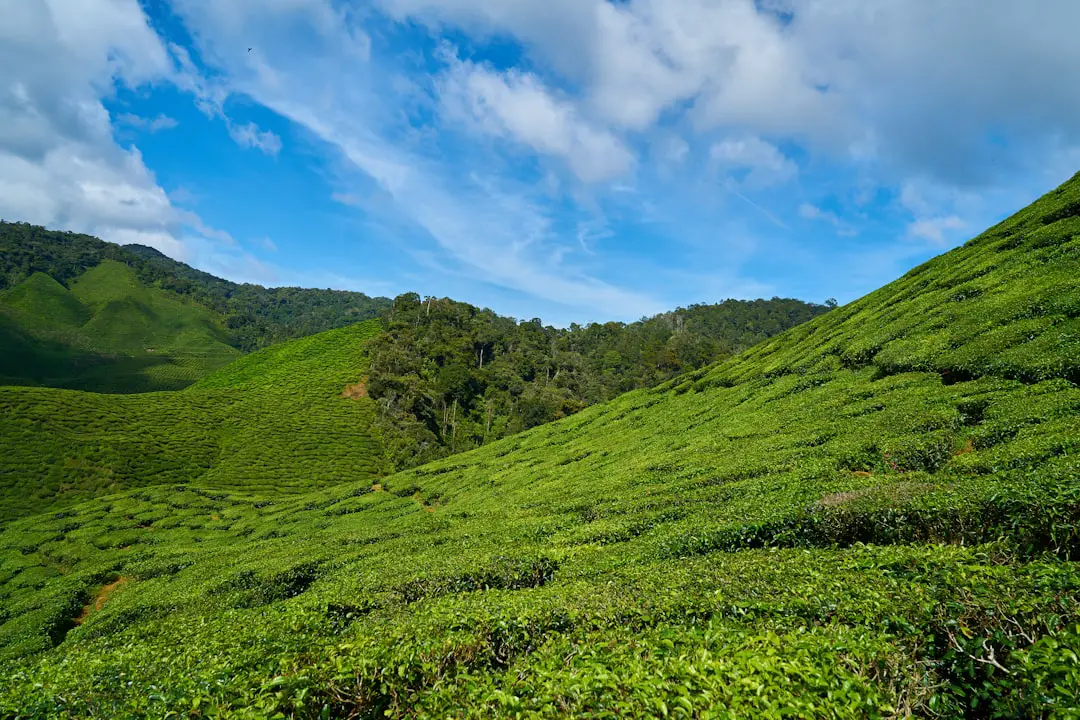
Tea, with its rich history and diverse flavors, has captivated people around the world for centuries. From its origins in Southeast Asia to the various cultivation and processing methods, tea offers a delightful and soothing experience for tea lovers everywhere.
Whether you prefer the fresh and grassy notes of green tea, the robust flavors of black tea, or the delicate subtlety of white tea, there is a tea for every palate. So go ahead, explore the world of tea, and discover your favorite brew!
Remember, the journey doesn’t end here. If you want to learn more about tea cultivation, different tea plant varieties, or the latest tea market trends, check out our other articles on Growing Teas™:
- Green Tea Cultivation
- Herbal Tea Planting
- Tea Plant Varieties
- Soil and Climate for Tea
- Tea Market Trends
And if you’re curious about whether tea grows on trees, check out our article Does Tea Grow on Trees? 2024 🌿.
So go ahead, brew a cup of your favorite tea, and enjoy the wonderful world of tea!
Recommended Links
- 👉 CHECK PRICE on: Green Tea on Amazon | Walmart | Etsy
- 👉 CHECK PRICE on: Black Tea on Amazon | Walmart | Etsy
- 👉 CHECK PRICE on: White Tea on Amazon | Walmart | Etsy
Looking to expand your tea collection? Check out these books on Amazon:
- The Tea Book: All Things Tea
- The Art and Craft of Tea: An Enthusiast’s Guide to Selecting, Brewing, and Serving Exquisite Tea
- The Tea Enthusiast’s Handbook: A Guide to the World’s Best Teas
